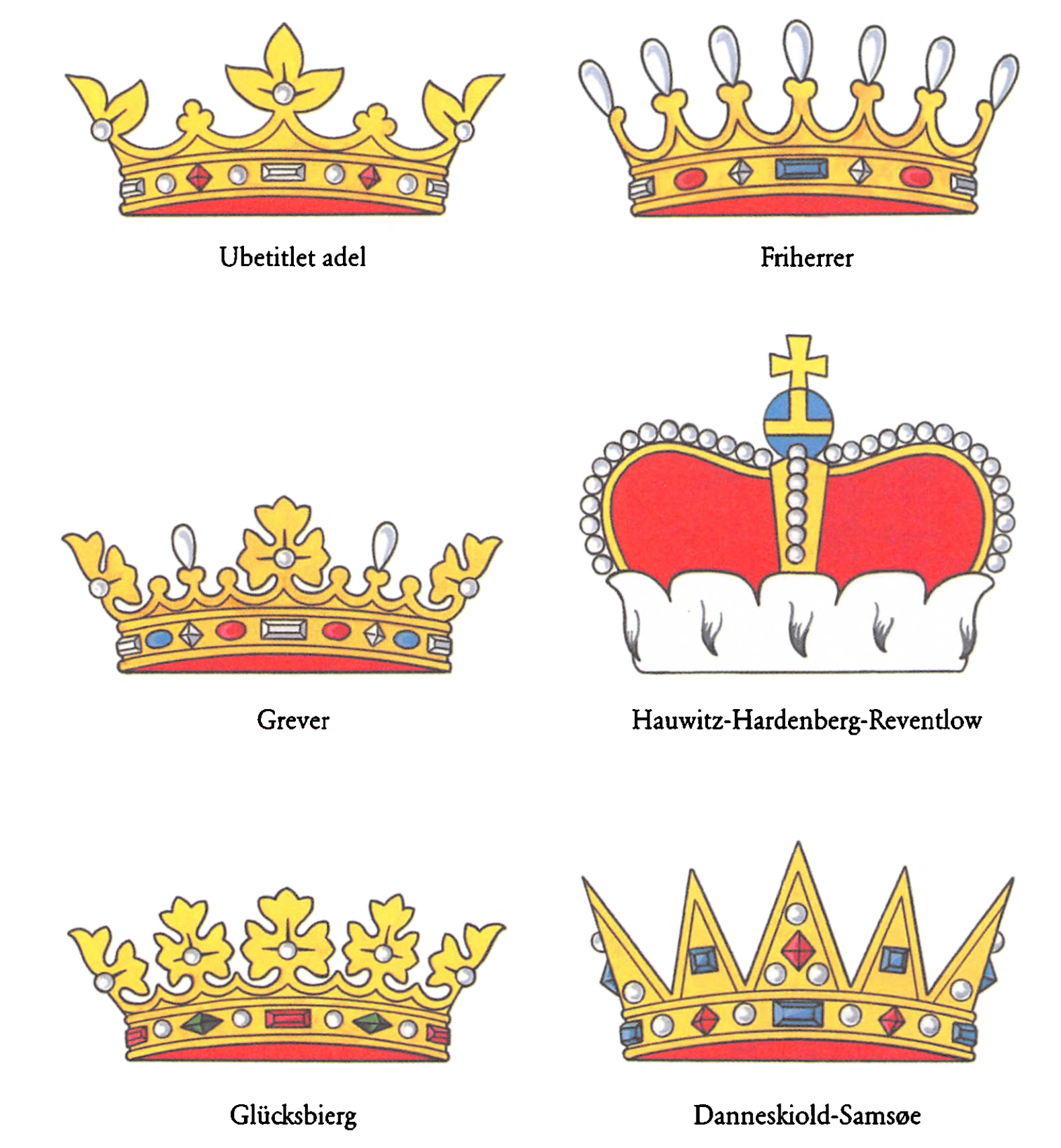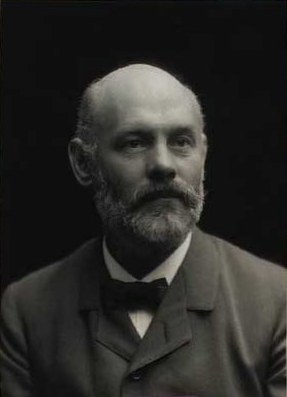|
Gyldenkrantz
Gyldenkrantz was a Danish and Norwegian noble family of Dutch descent. The family became patrilineally extinct after some generations. History Before the ennoblement Joachim Christian Gertsen Geelmuyden (1730-1795) was born in Nordhordaland and grew up in Bergen, Norway. He belonged to a family of officials; his father was a parish priest and an official and his grandfather was a merchant. The Geelmuyden family was originally from the Netherlands. Joachim Geelmuyden attended Bergen Cathedral School in 1746 and continued in 1749 with theology studies. By 1752 he had also completed law studies, but without graduating. In 1754 he became Vice-City Manager of Bergen. He continued in 1755 as notarius publicus. In 1758 he was General Manager of Customs in Bergen and Stavanger. In 1760 he was awarded cand.jur. by the University of Copenhagen. In 1765 he became General Commissary of War and in 1766 he became City Manager of Bergen. Joachim Geelmuyden was a wealthy man, owning proper ... [...More Info...] [...Related Items...] OR: [Wikipedia] [Google] [Baidu] |
Norwegian Nobility
Aristocracy of Norway refers to Modern history, modern and Medieval Ages, medieval Aristocracy (class), aristocracy in Norway. Additionally, there have been economical, political, and military elites thatrelating to the main lines of History of Norway, Norway's historyare generally accepted as nominal predecessors of the aforementioned. Since the 16th century, modern aristocracy is known as nobility ( no, adel). The very first aristocracy in today's Norway appeared during the Bronze Age (1800 BC500 BC). This bronze aristocracy consisted of several regional elites, whose earliest known existence dates to 1500 BC. Via similar structures in the Iron Age (400 BC793 AD), these entities would reappear as Petty kingdoms of Norway, petty kingdoms before and during the Viking Age, Age of Vikings (7931066). Beside a chieftain or petty king, each kingdom had its own aristocracy. Between 872 and 1050, during the so-called Unification of Norway, unification process, the first national aristoc ... [...More Info...] [...Related Items...] OR: [Wikipedia] [Google] [Baidu] |
Damsgård Manor
Damsgård Manor ( no, Damsgård hovedgård) is a landmark manor and estate in Bergen, Norway. It is noted for its distinct rococo style and is possibly the best preserved wooden building from 18th-century Europe. History The area surrounding the manor was most likely populated during the Viking era or earlier, but literary evidence shows it was a population center in 1427, listed as church property. Following the Reformation in 1536, the estate was taken over by the crown and then sold to foreign interests. The name is most likely derived from Dam Tønneson, who in 1654 inherited the farm from his father Tønnes Klausson, who in turn received it from Frederick II of Denmark due to his service during the Northern Seven Years' War. The oldest sections of the structure, however, are probably from around 1720, when Severin Seehusen (1664-1726) owned the estate. At the time, the buildings were painted bright red and green. An estimate for the main house from 1731 exists and indicat ... [...More Info...] [...Related Items...] OR: [Wikipedia] [Google] [Baidu] |
Danish Nobility
Danish nobility is a social class and a former estate in the Kingdom of Denmark. The nobility has official recognition in Denmark, a monarchy. Its legal privileges were abolished with the constitution of 1849. Some of the families still own and reside in castles or country houses. A minority of nobles still belong to the elite, and they are as such present at royal events where they hold court posts, are guests, or are objects of media coverage, for example Kanal 4's TV-hostess Caroline Fleming née Baroness Iuel-Brockdorff. Some of them own and manage companies or have leading positions within business, banking, diplomacy and NGOs. Historians divide the Danish nobility into two categories: ancient nobility ( da, uradel) and letter nobility ( da, brevadel) based on the way they achieved nobility. Another status based categorization distinguishes between higher and lower nobility ( da, højadel, lavadel). "Ancient nobility" refer to those noble families that are known from t ... [...More Info...] [...Related Items...] OR: [Wikipedia] [Google] [Baidu] |
Sven Tito Achen
Sven Tito Achen (born 29 July 1922 in Buenos Aires, Argentina; died 14 November 1986) was an Argentinian-Danish writer and author on heraldry, co-founder of the Scandinavian Society of Heraldry (Societas Heraldica Scandinavica) and the first editor of the Scandinavian Heraldisk Tidsskrift (Heraldry Journal) published in Denmark. Bibliography *Heraldikkens femten glæder (The Fifteen Joys of Heraldry), 1971 *Alverdens heraldik i farver (Heraldry of the World - In Colours), translated, and edited from Carl Alexander von Volborth, 1972 *Danske adelsvåbener, en heraldisk nøgle (Danish Lordships Coats of Arms, a key to heraldry), 1973 *Symbols Around Us, 1978 *Danmarks kommunevåbener - samt Grønlands og Færøernes (Danish Municipal Heraldry, including Greenland and the Faeroe Islands The Faroe Islands ( ), or simply the Faroes ( fo, Føroyar ; da, Færøerne ), are a North Atlantic island group and an autonomous territory of the Kingdom of Denmark. They are located north ... [...More Info...] [...Related Items...] OR: [Wikipedia] [Google] [Baidu] |
Anders Thiset
Anders Thiset (25 February 1850 -14 July 1917) was a Danish historian, genealogist, heraldic artist, archivist and encyclopedist. Biography Thiset was born in Copenhagen, Denmark. He was a student of H.E. Melchior (1881-1927) and completed Melchiors Borgerskole with a preliminary examination in 1864. He b'Danske adelige Brevkister'' (1897). He is most known for publishing ''Danmarks Adels Aarbog Danmarks Adels Aarbog (''Yearbook of the Danish Nobility'') is an annual – now tri-annual – publication that details the genealogies, titles, and coats of arms of Danish and Norwegian noble families. It was first published in 1884, making it ...'' from 1884 together with journalist H.R. Hiort References {{Portal, Biography, Denmark, Writing 19th-century Danish historians 20th-century Danish historians Danish genealogists Danish archivists Encyclopedists People from Copenhagen 1850 births 1917 deaths Knights of the Order of the Dannebrog ... [...More Info...] [...Related Items...] OR: [Wikipedia] [Google] [Baidu] |
Coat Of Arms Of The Gyldenkrantz Family
A coat typically is an outer garment for the upper body as worn by either gender for warmth or fashion. Coats typically have long sleeves and are open down the front and closing by means of buttons, zippers, hook-and-loop fasteners, toggles, a belt, or a combination of some of these. Other possible features include collars, shoulder straps and hoods. Etymology ''Coat'' is one of the earliest clothing category words in English, attested as far back as the early Middle Ages. (''See also'' Clothing terminology.) The Oxford English Dictionary traces ''coat'' in its modern meaning to c. 1300, when it was written ''cote'' or ''cotte''. The word coat stems from Old French and then Latin ''cottus.'' It originates from the Proto-Indo-European word for woolen clothes. An early use of ''coat'' in English is coat of mail (chainmail), a tunic-like garment of metal rings, usually knee- or mid-calf length. History The origins of the Western-style coat can be traced to the sleeved, close- ... [...More Info...] [...Related Items...] OR: [Wikipedia] [Google] [Baidu] |
University Of Copenhagen
The University of Copenhagen ( da, Københavns Universitet, KU) is a prestigious public university, public research university in Copenhagen, Copenhagen, Denmark. Founded in 1479, the University of Copenhagen is the second-oldest university in Scandinavia after Uppsala University, and ranks as one of the top universities in the Nordic countries, Europe and the world. Its establishment sanctioned by Pope Sixtus IV, the University of Copenhagen was founded by Christian I of Denmark as a Catholic teaching institution with a predominantly Theology, theological focus. In 1537, it was re-established by King Christian III as part of the Lutheran Reformation. Up until the 18th century, the university was primarily concerned with educating clergymen. Through various reforms in the 18th and 19th century, the University of Copenhagen was transformed into a modern, Secularism, secular university, with science and the humanities replacing theology as the main subjects studied and taught. Th ... [...More Info...] [...Related Items...] OR: [Wikipedia] [Google] [Baidu] |
Stavanger
Stavanger (, , American English, US usually , ) is a city and municipalities of Norway, municipality in Norway. It is the fourth largest city and third largest metropolitan area in Norway (through conurbation with neighboring Sandnes) and the administrative center of Rogaland county. The municipality is the fourth most populous in Norway. Located on the Stavanger Peninsula in southwest Norway, Stavanger counts its official founding year as 1125, the year the Stavanger Cathedral was completed. Stavanger's core is to a large degree 18th- and 19th-century wooden houses that are protected and considered part of the city's cultural heritage. This has caused the town center and inner city to retain a small-town character with an unusually high ratio of detached houses, and has contributed significantly to spreading the city's population growth to outlying parts of Greater Stavanger. The city's population rapidly grew in the late 20th century due to its oil industry. Stavanger is known ... [...More Info...] [...Related Items...] OR: [Wikipedia] [Google] [Baidu] |
Bergen
Bergen (), historically Bjørgvin, is a city and municipality in Vestland county on the west coast of Norway. , its population is roughly 285,900. Bergen is the second-largest city in Norway. The municipality covers and is on the peninsula of Bergenshalvøyen. The city centre and northern neighbourhoods are on Byfjorden, 'the city fjord', and the city is surrounded by mountains; Bergen is known as the "city of seven mountains". Many of the extra-municipal suburbs are on islands. Bergen is the administrative centre of Vestland county. The city consists of eight boroughs: Arna, Bergenhus, Fana, Fyllingsdalen, Laksevåg, Ytrebygda, Årstad, and Åsane. Trading in Bergen may have started as early as the 1020s. According to tradition, the city was founded in 1070 by King Olav Kyrre and was named Bjørgvin, 'the green meadow among the mountains'. It served as Norway's capital in the 13th century, and from the end of the 13th century became a bureau city of the Hanseatic Leag ... [...More Info...] [...Related Items...] OR: [Wikipedia] [Google] [Baidu] |
Bergen Cathedral School
Bergen Cathedral School (Norwegian: ''Bergen Katedralskole'', Latin: ''Schola Cathedralis Bergensis'', formerly known as Bergens lærdeskole and Bergen latinskole and colloquially known as Katten) is an upper secondary school in Bergen, Norway. Located in the city centre, next to Bergen Cathedral, the school has about 850 students, 95 full-time teachers, and 5 administration personnel, including the headmaster, Lise Hårklau Holsen. The school is considered to have been founded in 1153 by Nicholas Breakspear (later Pope Adrian IV), making the school the second oldest in Norway together with Oslo Cathedral School and Hamar Cathedral School, which were founded the same year, one year after the founding of Trondheim Cathedral School. History Although the earliest written records documenting the school's existence date back to 1288, Bergen Cathedral School is believed to have been founded in 1153 by Nicholas Breakspear, who became Pope Adrian IV in 1154. It was founded as a theologica ... [...More Info...] [...Related Items...] OR: [Wikipedia] [Google] [Baidu] |






